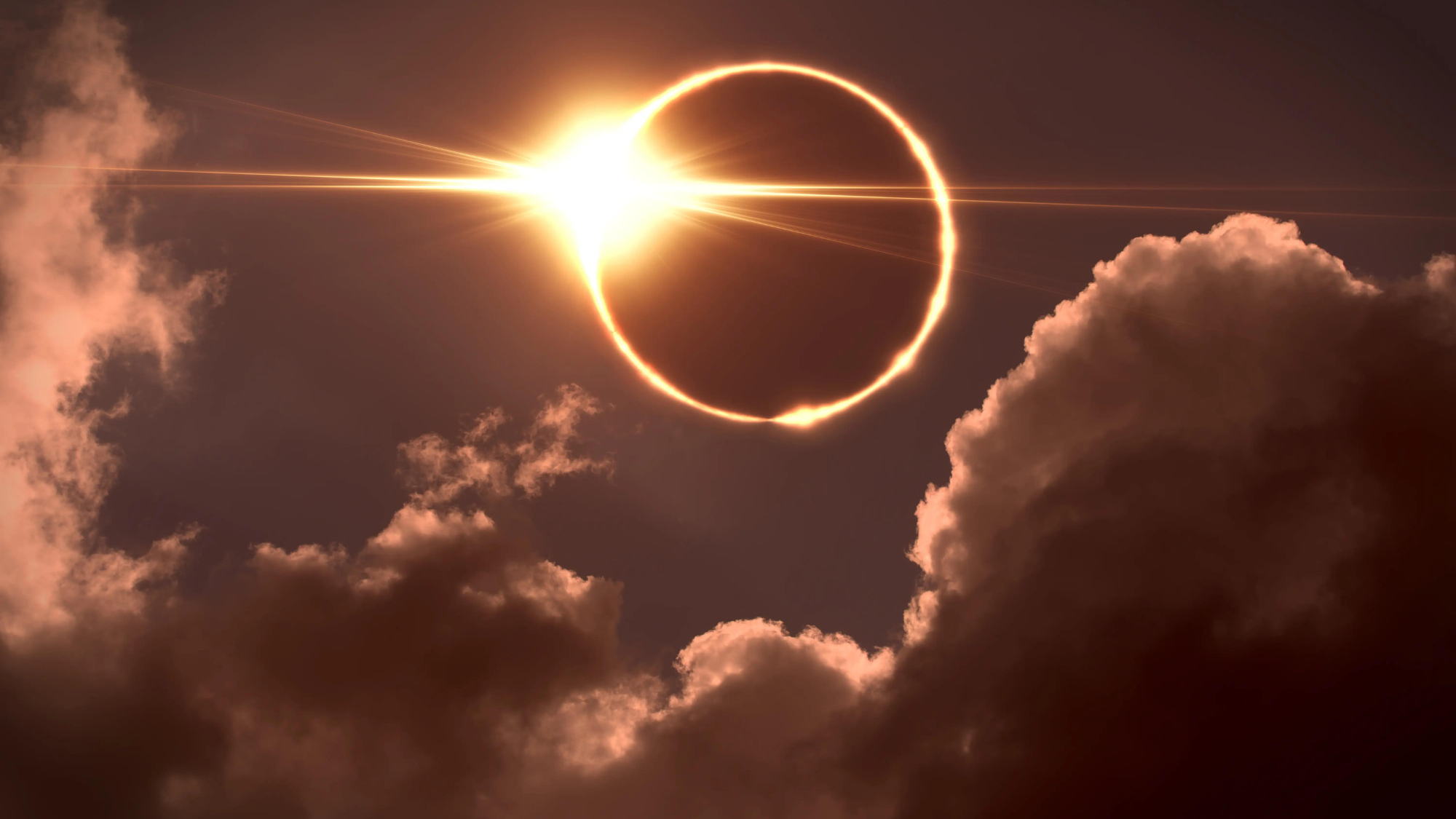
On April 8, 2024, North America experienced its first total solar eclipse since 2017. While the moon’s fleeting passage across the sun might seem an unlikely vacation attraction, millions of people from the U.S. and around the globe journeyed to the 115-mile-wide path of totality. Spanning from Texas to Maine and touching parts of Mexico and Canada, this phenomenon sparked a significant economic boost for numerous cities and towns.
Economic forecasts indicated a potential windfall of nearly $1.5 billion in direct spending across the affected states. Retailers situated near the eclipse’s path of totality anticipated a surge in business. Drawing from data from the 2017 eclipse, which traversed parts of the Pacific Northwest, retail stores witnessed an increase of 16-27% in foot traffic in the days leading up to the event.
With this year’s eclipse covering more cities and densely populated areas, impacting 31 million residents compared to 2017’s 12 million, projections for economic benefits around this celestial event are even more substantial.
The next total solar eclipse in the U.S. is not expected until March 30, 2033, and it will only be visible from Alaska.

